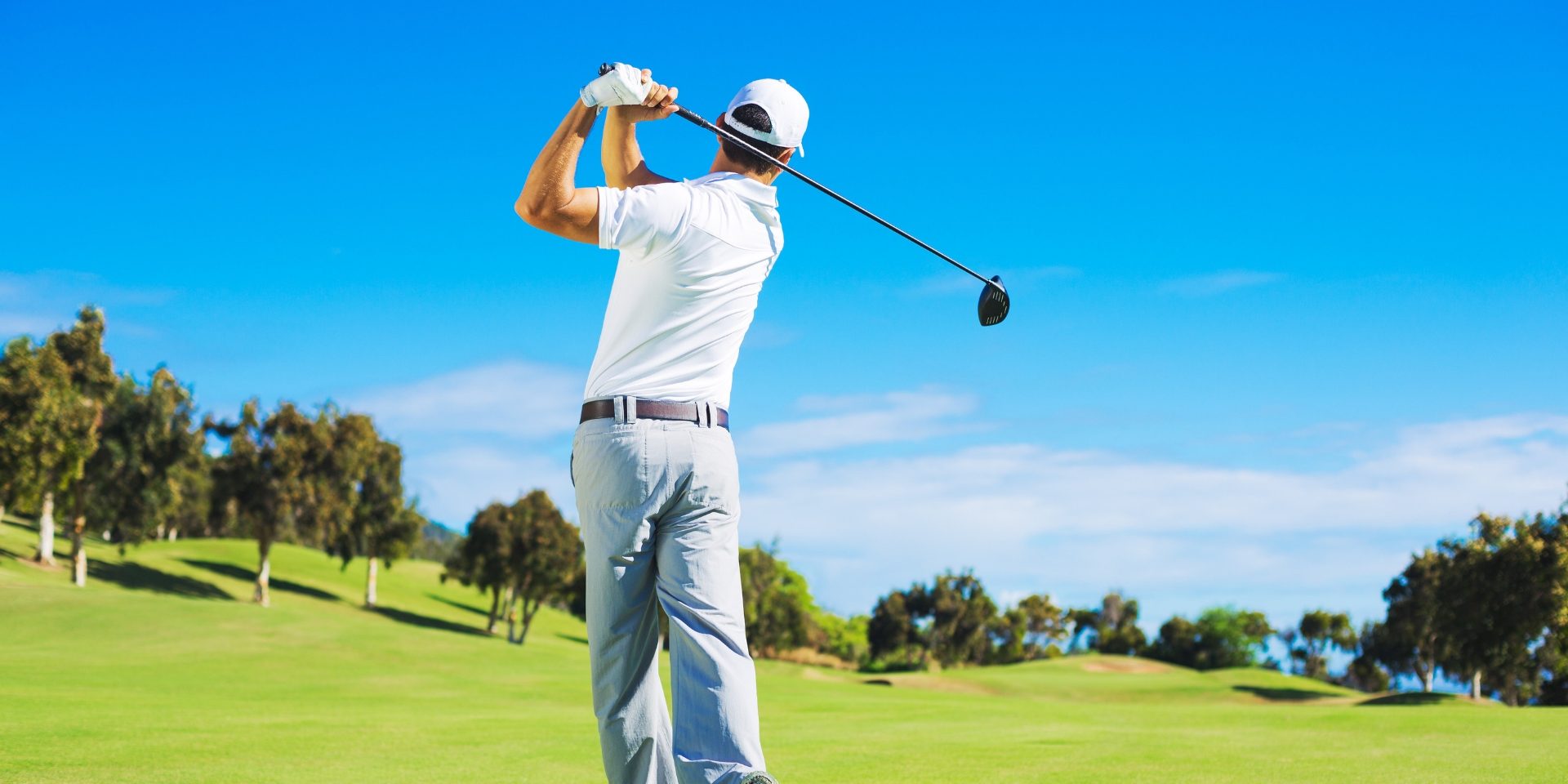
Bigger Swings and Healthier Shoulders Make Golf More Fun
I've been hearing a lot about unspecified shoulder pain lately; that random...'oh, my shoulder suddenly hurts out of nowhere' kind of pain. We are getting to the end of the golf season in Western New York, but that doesn't mean bodies should be breaking down, but they still do. So, how can you keep a nice big shoulder turn in your swing and keep your shoulders feeling great?
The Shoulder Complex Is, Well...Complex
The shoulder joint is the most unstable and at risk joint in the body. The head of the humerus sits next to the glenoid fossa, which is very shallow bone that has a ring of cartilage around the edges of the bone, called the labrum. The only way it stays in proper alignment and functioning well within that shallow joint is by the support of the scapula or shoulder blade, rotator cuff, and supporting muscles surrounding the shoulder blade like the mid trapezius, rhomboids, and lower trapezius muscles. There has been a large focus on rotator cuff muscles, but much attention really needs to be given to the position of the shoulder blade and health of the thoracic spine (your spine where all the ribs attach).
Culture of Sitting, Sitting
Many of my clients have a major occupational hazard to their health. Sitting. Can you relate to this? 'Wake up in the morning and get ready for work, maybe sit at the table and eat breakfast; sit in the car while stuck in traffic on your way to work; sit at a desk for 98% of the day getting up for brief moments from time to time; sit in the car stuck in traffic on the way home from work; sit at the table for dinner; sit at the end of the day and watch your favorite show before going to bed and sleeping in the fetal position. You may imagine being in this position all day long changes the way our body moves. I've heard a lot of chatter within the medical and fitness community about shortened hip flexors from being in that position (which is completely true), but what happens to the upper body? How much work is it to sit tall with your shoulders back and your chin tucked back? Now, how much work is it to sit in a slouched position where your shoulders roll forwards? Yep! You know it, the latter is much less work! Unfortunately, this forward shoulder posture changes the position of our shoulder blade and entire shoulder complex, which sometimes results in shoulder pain.
Life STRESS
I hope you can't relate to that last paragraph at all because sitting, at the very least is boring, and at the most, it's damaging to our movement health. Another scenario causing changes to the shoulder complex is stress: fight, flight, freeze responses. There's actually a biomechanical response to stress in addition to any physiological changes that occur within your body. The biomechanical response: heightened shoulders. We unknowingly and instinctively protect ourselves from 'danger' by raising our shoulders to protect our neck/throat from an attack. The upper trapezius and levator scapulae muscles tighten to make this protective mechanism occur. Over time, constant stress pulls our shoulder blades higher and away from the midline of the body more, which also causes the shoulder joint to become more unstable, thereby putting extra stress on surrounding tissue.
How Does This Change My Swing?
Try this: While seated in a chair, slump forward as if you have really bad posture and cross your arms across your chest. Then, rotate to the right and left from your trunk, paying attention to how much your body is turning. A good way to determine your turn is by noticing how far you can see in each direction. Next, sit up tall with your shoulders squeezed back and your hands up in a 'don't shoot' type of position; now turn in both directions. Which can you rotate better in and which position do you feel more limited? Of course the shoulders back position gives you a bigger turn, but still, try it!
The Solution
Reducing stress (there are meditation apps, physical exercises, and long walks you can go on to help with that) and working on your posture can help reposition your shoulder blades in a more functional place. Upper trap, levator scap, and pec stretches are helpful. Strengthening your mid traps, rhomboids (think rows), and lower traps is also part of the equation. Lastly, belly breathing as opposed to upper chest breathing will make a huge difference in how you feel and move.
For more information on how to get started with a customized exercise program to help you move better, feel better, and play better, contact Marie Hall today!

